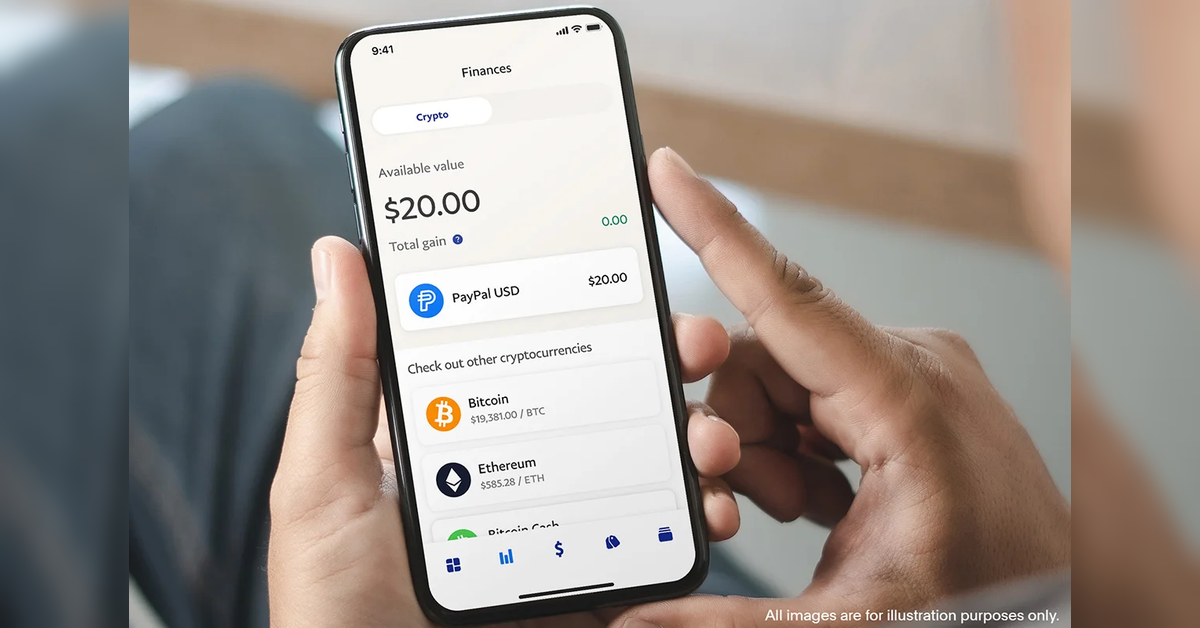Financial leverage is a powerful tool in the world of investing, and understanding its mechanics can be crucial for investors looking to maximize their returns. By effectively using leverage, investors can increase their exposure to financial markets without the need to fully fund their positions with their own capital.
What is Financial Leverage?
In the simplest terms, financial leverage involves using borrowed funds to invest in assets with the aim of increasing the potential return on investment. This concept is akin to using a lever to lift a heavy object – the lever allows you to exert greater force with less effort. In investments, leverage allows investors to control a larger asset base than they could with their own funds alone.
How Does Leverage Work?
When investors use leverage, they borrow money to purchase additional assets. This can be done through various means such as margin trading, options, or futures contracts. The borrowed funds are then used to amplify potential gains. However, it’s important to note that while leverage can enhance profits, it can also magnify losses.
For example, consider an investor who wants to buy shares of a company. Without leverage, they might purchase 100 shares with their own money. However, by using leverage, they might be able to purchase 200 shares with the same amount of initial capital. If the stock price increases, the investor’s profit is doubled compared to what it would have been without leverage.
Benefits of Using Leverage
One of the primary benefits of financial leverage is the potential for higher returns. By controlling a larger investment with borrowed funds, investors can potentially earn more from their investments than they would with their own capital alone. Additionally, leverage allows investors to diversify their portfolios without needing to allocate more personal capital.
Risks Associated with Leverage
While financial leverage offers the potential for higher returns, it also comes with increased risk. If the investment does not perform as expected, losses can be significantly greater than if the investment were made with only the investor’s own funds. Moreover, because leverage involves borrowing money, investors are responsible for repaying the borrowed amount regardless of the investment’s performance.
It’s crucial for investors to carefully consider their risk tolerance and investment strategy before using leverage. Understanding the potential consequences and having a clear plan in place can help mitigate the risks associated with leveraged investments.
Conclusion
Financial leverage is an essential concept for investors seeking to enhance their investment returns. By using borrowed funds to increase their exposure to financial markets, investors can potentially achieve greater profits. However, the amplified risks associated with leverage should not be overlooked. A well-informed approach, with careful consideration of both potential rewards and risks, can help investors make the most of this powerful investment strategy.
Whether you’re a seasoned investor or new to the financial markets, gaining a solid understanding of leverage can be a valuable asset in your investment toolkit.particularly within the cryptocurrency market. By providing a private and flexible trading environment, OTC platforms enable large-scale transactions that would otherwise be difficult to execute on traditional exchanges. However, traders must be mindful of the associated risks, such as counterparty risk and the lack of transparency.
As the market continues to evolve, technological advancements and increased regulation are likely to shape the future of OTC trading, making it an essential component of the global financial landscape.















